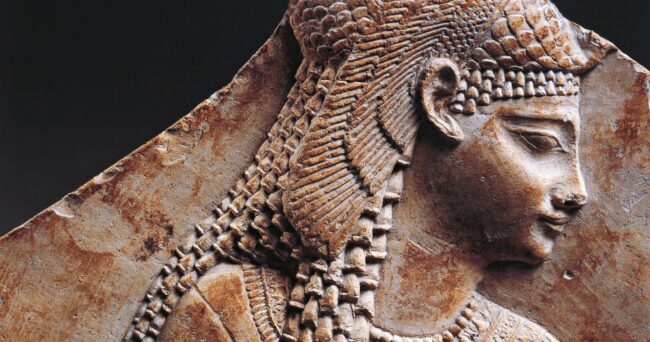
Unveiling the Enigmatic Cleopatra: Unique Traits That Set Her Apart from Other Rulers
Step into the world of ancient Egypt, where pharaohs once ruled and legends were born. Among these legendary figures stands one woman who captivated not only her own people but also the mighty Roman Empire. She was none other than Cleopatra, a ruler unlike any other in history. From her enigmatic personality to her unconventional rule, Cleopatra’s story is filled with intrigue and mystery. In this blog post, we will delve into the unique traits that set Cleopatra apart from other rulers throughout history. Get ready to uncover fascinating facts about this remarkable queen and discover why she continues to fascinate us even today! So buckle up and join us on a journey through time as we unveil the enigmatic Cleopatra like never before!
1. The death of Cleopatra has puzzled experts for centuries.

The death of Cleopatra has remained an enigma, shrouded in intrigue and speculation. According to historical accounts, she took her own life by allowing a venomous snake – the notorious asp – to deliver its fatal bite. However, some experts have raised doubts about this popular theory.
One compelling alternative suggests that Cleopatra may have used a cocktail of deadly substances, including hemlock or opium, to end her life. This theory stems from the fact that no trace of snake venom was found in her body during an examination conducted centuries later.
Another hypothesis proposes that Cleopatra’s demise was not self-inflicted at all but rather orchestrated by her Roman captors. Some sources suggest that Octavian (later known as Emperor Augustus) feared the formidable queen’s influence and wanted to ensure she would never rise again as a threat.
Perhaps we will never know the true circumstances surrounding Cleopatra’s untimely demise. Nevertheless, one thing is certain: her death remains a captivating puzzle that continues to spark debate among historians and archaeologists alike.
2. Cleopatra was not Egyptian.

When we think of Cleopatra, we often imagine an exotic Egyptian ruler draped in jewels and adorned with a regal headdress. However, the truth is that Cleopatra was not even Egyptian! She was actually of Macedonian Greek descent, tracing her lineage back to Ptolemy I Soter, one of Alexander the Great’s generals.
Cleopatra’s family, known as the Ptolemies, ruled over Egypt for nearly three centuries. They embraced Egyptian culture but remained distinctly Greek in heritage. Cleopatra herself spoke multiple languages fluently including Greek, Egyptian hieroglyphs, and Latin.
Despite being born and raised in Egypt’s capital city of Alexandria, Cleopatra closely identified with her Hellenistic roots. This connection allowed her to navigate both the intricacies of Egyptian politics and maintain diplomatic relations with Rome.
Her mixed ancestry also played a significant role in shaping her political alliances. By marrying two of her own brothers – Ptolemy XIII and then Ptolemy XIV – she solidified familial ties while securing power within their shared dynasty.
While it might be surprising that this iconic figure wasn’t truly native to Egypt itself, it only adds to the intrigue surrounding Queen Cleopatra. Her ability to bridge different cultures contributed greatly to her reputation as a cunning strategist and charismatic leader unlike any other ruler of her time!
3. Her resting place remains a mystery.

Her resting place remains a mystery, shrouded in intrigue and speculation. Despite her status as one of history’s most iconic figures, the final resting place of Queen Cleopatra has eluded discovery for centuries.
Many theories have emerged about where she might be laid to rest. Some believe that she was buried alongside her lover, Mark Antony, while others suggest that she may have been interred in a secret location known only to a select few.
Archaeologists and historians have scoured Egypt in search of Cleopatra’s tomb but thus far have come up empty-handed. The elusive nature of her burial site adds an air of mystique to her already fascinating story.
Perhaps the reason why Cleopatra’s tomb remains undiscovered is because it was intentionally hidden or destroyed by those who sought to erase any trace of her reign. Or maybe it simply lies buried beneath layers of sand and time, waiting patiently for its secrets to be uncovered.
Regardless of where Cleopatra rests today, the fact that her final resting place continues to elude us only adds to her enigma and allure. It serves as a reminder that even in death, this extraordinary ruler defies conventional understanding and leaves us with more questions than answers.
4. She married two of her brothers.

One of the most fascinating aspects of Cleopatra’s life is her unique and somewhat controversial choice in husbands. Yes, you heard that right – she married not one, but two of her own brothers! Now, before you start cringing at the thought, let me explain.
In ancient Egypt, it was actually quite common for siblings to wed in order to keep bloodlines pure and maintain a strong grip on power. Cleopatra first tied the knot with her younger brother Ptolemy XIII when she was just 18 years old. However, their marriage was far from harmonious. They constantly clashed over political matters and eventually engaged in a full-blown civil war.
After Ptolemy’s death (rumored to be at the hands of his sister), Cleopatra found herself in need of another powerful ally. So what did she do? She married yet another brother – this time it was Ptolemy XIV who became her husband. It may seem strange by today’s standards, but back then it was all about securing alliances and maintaining control.
Cleopatra certainly wasn’t afraid to make bold moves when it came to preserving her position as ruler. Whether or not we agree with her choices is irrelevant; what matters is that she played by the rules of her time and used every tool at her disposal – even if those tools happened to be family members!
So there you have it – yet another intriguing facet of Queen Cleopatra’s complex life. Stay tuned for more captivating facts about this extraordinary ruler!
5. She was involved in the deaths of two brothers.

She may be remembered as the last active ruler of the Ptolemaic Kingdom, but Cleopatra’s reign was not without its dark and mysterious moments. One such intriguing aspect is her involvement in the deaths of two of her own brothers.
Cleopatra’s family dynamics were far from ordinary. In order to maintain power within their dynasty, it was common for members to marry siblings. Cleopatra herself married both of her older brothers, first Ptolemy XIII and later Ptolemy XIV.
However, it seems that political alliances weren’t enough to secure Cleopatra’s position as sole ruler. She played a role in both brothers’ untimely deaths – whether through direct action or indirectly influencing events remains uncertain.
Ptolemy XIII met his demise during a violent conflict with Cleopatra’s forces after he attempted to oust her from power. The exact circumstances surrounding his death are shrouded in mystery, leaving historians speculating on the true extent of Cleopatra’s involvement.
Her younger brother Ptolemy XIV also fell victim to suspicious circumstances shortly after assuming co-regency with his sister-wife. Some believe that Cleopatra saw him as a threat and orchestrated his demise to consolidate her power further.
Despite these shocking incidents, one cannot deny that Cleopatra possessed an unrivaled ability to navigate treacherous political waters while ensuring she remained at the forefront of power. Her complex relationships with family members only serve as another testament to her cunning and determination as a leader unlike any other.
6. Her sister was also not safe.

Her sister was also not safe in the treacherous world of ancient Egypt’s ruling family. Cleopatra, being a shrewd and cunning ruler, understood that eliminating potential threats to her power was necessary for survival. This included those closest to her – even her own flesh and blood.
Arsinoe IV, Cleopatra’s younger sister, posed a significant risk as a rival claimant to the throne. In an attempt to secure her position as sole ruler of Egypt, Cleopatra had Arsinoe captured after she fled Alexandria during one of the many political conflicts within their family.
Despite initially sparing Arsinoe’s life, possibly due to pressure from influential figures like Julius Caesar who favored leniency towards his former lover’s siblings, Cleopatra eventually ordered her execution. This act demonstrated just how ruthless and determined Cleopatra was in maintaining power.
By removing any potential threat from within her own family circle, Cleopatra solidified herself as Egypt’s undisputed queen. Her willingness to make difficult decisions and prioritize self-preservation over familial ties showcased her true strength as a leader unlike any other ruler before or since.
7. She and Mark Antony formed a drinking club.
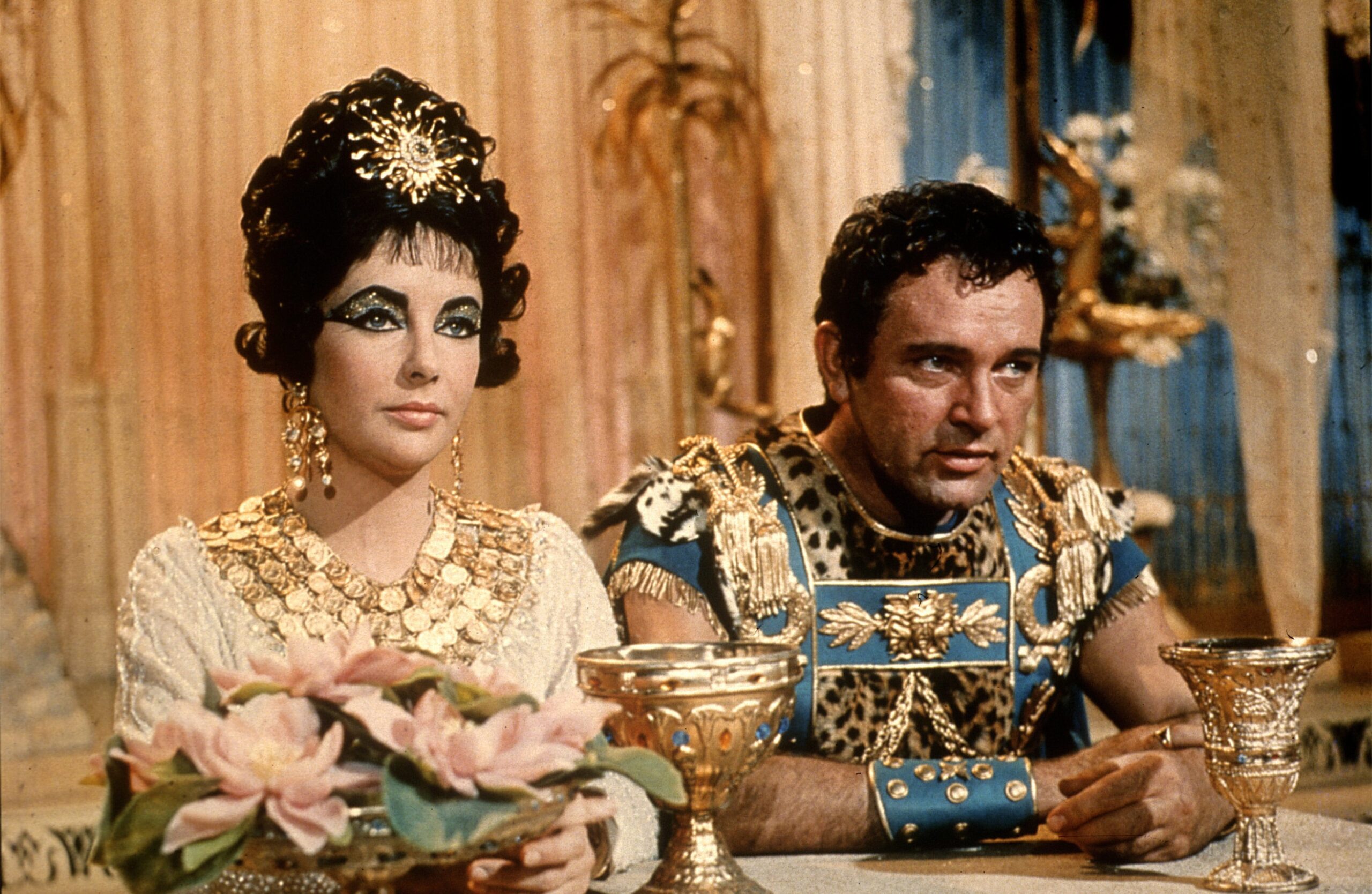
Let’s raise our glasses to the unconventional friendship of Cleopatra and Mark Antony! These two powerful rulers knew how to have a good time, and they certainly didn’t let their royal status get in the way of having some fun. In fact, they even formed their own exclusive drinking club!
Imagine being part of this elite group, sipping wine with Cleopatra herself while discussing politics and plotting strategies. This was not your average book club or tea party – it was a gathering where decisions were made over goblets of wine.
Their drinking club wasn’t just about indulging in excessive amounts of alcohol; it was also a clever political move. By forming this close bond through shared revelry, Cleopatra and Mark Antony solidified their alliance against Octavian, who would later become known as Emperor Augustus.
But don’t think for a second that these gatherings were all just drunken debauchery. Oh no! Cleopatra was known for her wit and intelligence, so you can bet that those discussions around the table were filled with intellectual banter and strategic planning.
So next time you raise your glass at happy hour, remember that you’re following in the footsteps of one extraordinary ruler who knew how to mix pleasure with power. Cheers to Cleopatra and her legendary drinking club!
8. Her appearance was a powerful political tool.

When it came to politics, Cleopatra knew that appearance was everything. She understood the power of beauty and used it as a tool to captivate and influence those around her. With her striking features and mesmerizing presence, she effortlessly commanded attention.
Cleopatra’s beauty went beyond mere physical attractiveness; it was a carefully cultivated image that she strategically leveraged for political gain. She adorned herself in lavish attire, adorned with precious gems and intricate designs, making sure to always make an entrance that left people in awe.
Her appearance became a symbol of her authority and dominance over Egypt. By presenting herself as the epitome of elegance and sophistication, Cleopatra effectively conveyed strength and power to both allies and enemies alike.
But it wasn’t just about looks – Cleopatra understood that perception is reality. She skillfully manipulated public opinion through visual cues, often posing for portraits or sculptures that depicted her as a goddess-like figure. This portrayal solidified her divine status among the Egyptian people, further enhancing her political clout.
Furthermore, Cleopatra’s impeccable fashion sense allowed her to connect with foreign leaders on diplomatic missions. By embracing their cultural customs while still maintaining her unique style, she fostered alliances based on mutual respect and admiration.
In short, Cleopatra’s appearance was not merely superficial; it was an integral part of her political strategy. Her ability to use beauty as a weapon set her apart from other rulers of the time – proving once again that she truly was unlike any other ruler in history!
9. She was not as beautiful as believed.
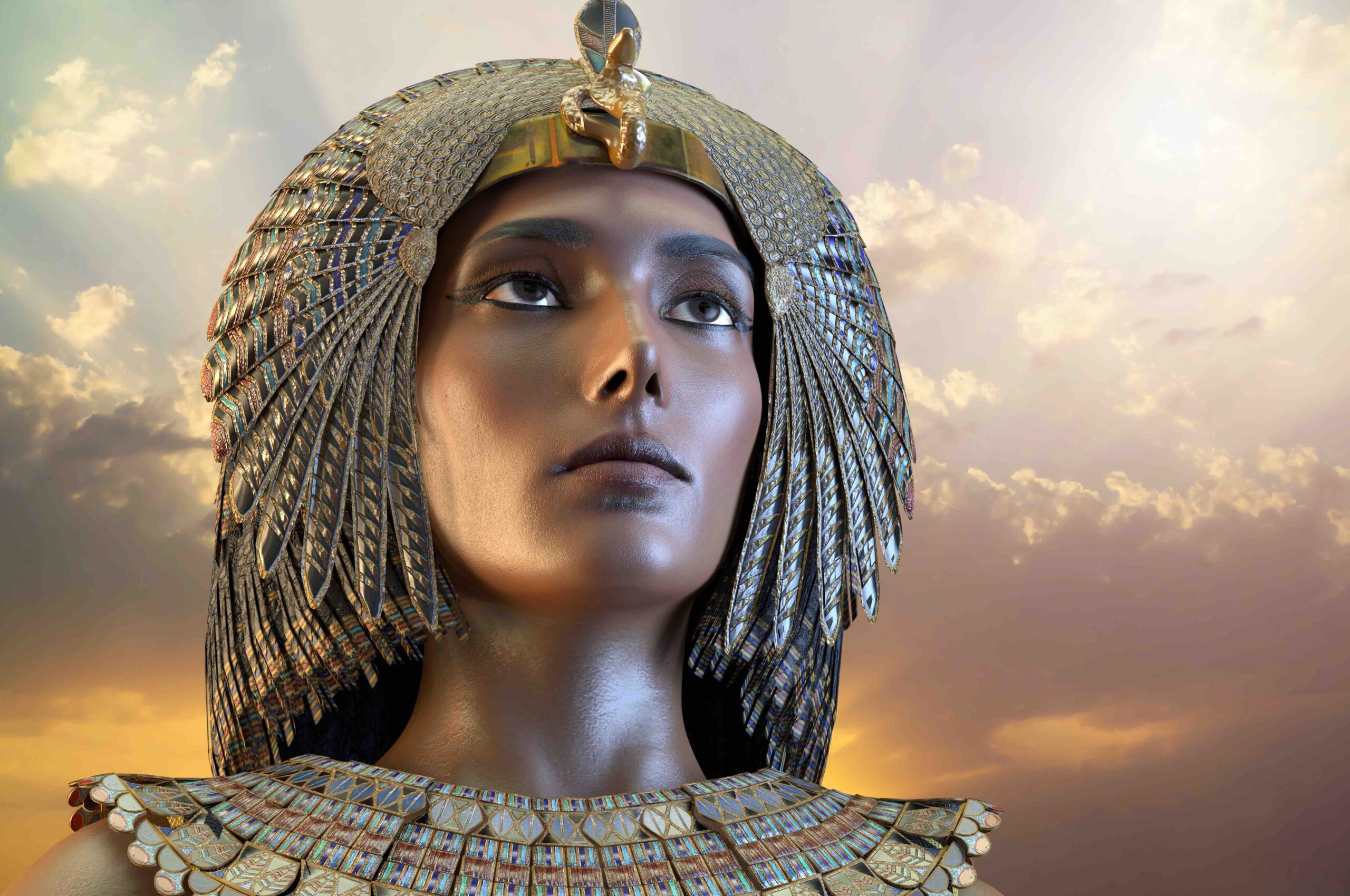
When it comes to Cleopatra, one of the most enduring myths surrounding her is that she was a stunning beauty. But here’s the truth: she may not have been as drop-dead gorgeous as you’ve been led to believe.
You see, beauty standards have changed throughout history, and what was considered attractive back then might not be what we find appealing today. So while Cleopatra may not have possessed the classic Hollywood looks we associate with beauty today, she had something far more powerful – charisma.
Cleopatra had an irresistible charm that captivated those around her. She had a magnetic presence and a seductive aura that made her unforgettable. It wasn’t just about physical attractiveness; it was about how she carried herself and drew people in with her intelligence and wit.
In fact, many historians believe that Cleopatra’s true allure lay in her intellect rather than her appearance. She spoke multiple languages fluently and was highly educated in fields such as mathematics and philosophy. This intellectual prowess combined with her charismatic personality made for an incredibly compelling ruler.
So let’s move beyond the superficial expectations of physical beauty when discussing Queen Cleopatra. Instead, let’s celebrate the qualities that truly set her apart from other rulers – her intelligence, charisma, and ability to captivate hearts and minds alike.
10. She knew how to make a spectacular entrance.
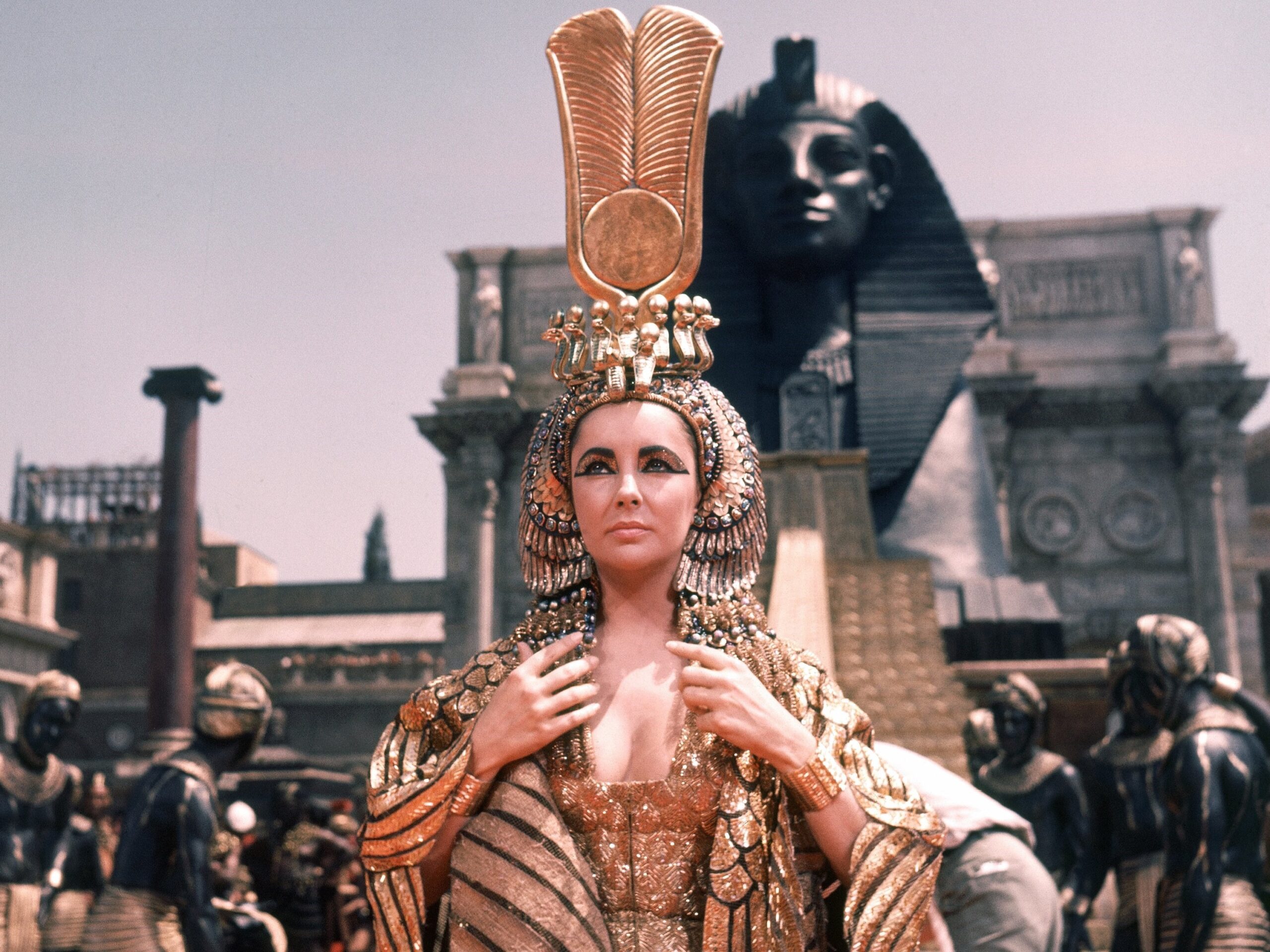
When it came to making an entrance, Queen Cleopatra certainly knew how to captivate a crowd. Whether it was entering a grand ballroom or arriving at a political gathering, she always left people in awe. One of her most famous entrances took place during her visit to Rome, where she famously arrived on the River Tiber in a golden barge adorned with precious jewels.
As the extravagant boat glided effortlessly through the water, Cleopatra stood proudly at its helm, dressed in regal attire that shimmered under the Roman sun. Her presence alone commanded attention and respect from all who witnessed this majestic sight.
But it wasn’t just her lavish displays of wealth that made her entrances unforgettable; Cleopatra also possessed an innate charm and charisma that drew people towards her like moths to a flame. She had mastered the art of captivating those around her with just one glance or a mesmerizing smile.
Cleopatra understood that first impressions were crucial in establishing herself as a powerful ruler. By making such grand entrances, she effectively showcased both her status and authority to those who doubted her capabilities as Egypt’s queen.
Her ability to make spectacular entrances not only solidified Cleopatra’s position of power but also served as a reminder that she was unlike any other ruler before or after her time. Her unique combination of beauty, intelligence, and charisma set her apart from anyone else in history.
And so, wherever she went, whether it be on land or by sea, Cleopatra ensured that all eyes were on her – for when you have the power to command attention merely by walking into a room, why would you choose anything less than spectacular?
11. She used cunning tactics to increase her political influence.

She may have been known for her beauty and charm, but Cleopatra was not just a pretty face. She possessed a keen intellect and used cunning tactics to ensure her political influence remained strong.
One of the ways she achieved this was by strategically aligning herself with powerful men. Cleopatra understood that in order to secure her position as ruler, she needed to form alliances with those who held significant power. By seducing influential figures such as Julius Caesar and Mark Antony, she ensured that Egypt’s interests were protected on the world stage.
Furthermore, Cleopatra was a master of manipulation. She knew how to play people against each other and exploit their weaknesses for her own gain. Whether it was through subtle flattery or calculated acts of generosity, she always found a way to get what she wanted.
Another tactic Cleopatra employed was using her intelligence and knowledge of foreign languages to appear knowledgeable and cultured in the eyes of others. This allowed her to build connections with diplomats from different nations and negotiate advantageous treaties for Egypt.
In addition, Cleopatra had an uncanny ability to read people’s motivations and desires. She could quickly assess someone’s strengths and weaknesses, allowing her to adapt her approach accordingly. This skill proved invaluable when dealing with rival factions within Egypt itself.
Cleopatra’s cunning tactics played a crucial role in increasing her political influence during a time when women rulers were often underestimated or dismissed altogether. Her strategic thinking combined with charisma made her unlike any other ruler of ancient times – a force to be reckoned with on the political battlefield.
12. She was involved in a love triangle.

When it comes to love triangles, Cleopatra takes the crown! Her romantic entanglements were as fascinating as they were scandalous. One of her most famous liaisons was with none other than Julius Caesar himself. Yes, you read that right – Cleopatra and the mighty Roman general were quite the power couple.
Their relationship caused quite a stir in both Egypt and Rome. Some saw it as a political alliance, while others whispered tales of forbidden romance. Regardless of the truth, their bond resulted in a son named Caesarion.
But Cleopatra’s love affairs didn’t stop there. After Caesar’s assassination, she found herself drawn to another powerful man: Mark Antony. This passionate affair not only captivated their hearts but also ignited a firestorm of political controversy.
Cleopatra’s involvement with Mark Antony led to tensions between him and Octavian (later known as Emperor Augustus). The rivalry eventually culminated in one of history’s most infamous battles – Actium.
In this battle for power and love, Cleopatra stood by Mark Antony’s side until the bitter end. Sadly, their union would ultimately result in tragedy for both lovers.
The tale of Cleopatra’s love triangle serves as a reminder that even rulers are not immune to matters of the heart. It shows us that behind every throne lies complex emotions and personal desires that can shape destinies and change history forever.
13. She led a naval battle.

One of the many remarkable feats that sets Cleopatra apart from other rulers is her leadership in a naval battle. Not content with sitting on the sidelines and letting others fight for her, she took charge and commanded her own fleet. This was no small task, as naval battles were highly complex operations requiring strategic planning and expert maneuvering.
Cleopatra’s involvement in this particular battle demonstrated her courage and determination to protect her kingdom. With an unwavering resolve, she sailed alongside her troops, inspiring them with her presence and showing them that their queen was not afraid to get her hands dirty.
As the enemy ships approached, Cleopatra skillfully deployed tactics learned from years of studying military strategy. She strategically positioned her ships to gain maximum advantage over the enemy forces while simultaneously protecting vital supply lines.
With each command she issued, Cleopatra proved herself to be a capable leader who understood both the intricacies of warfare and the importance of unity among allies. Her leadership in this naval battle showcased not only her bravery but also highlighted why she was unlike any other ruler before or since.
14. Her language skills made her very popular.
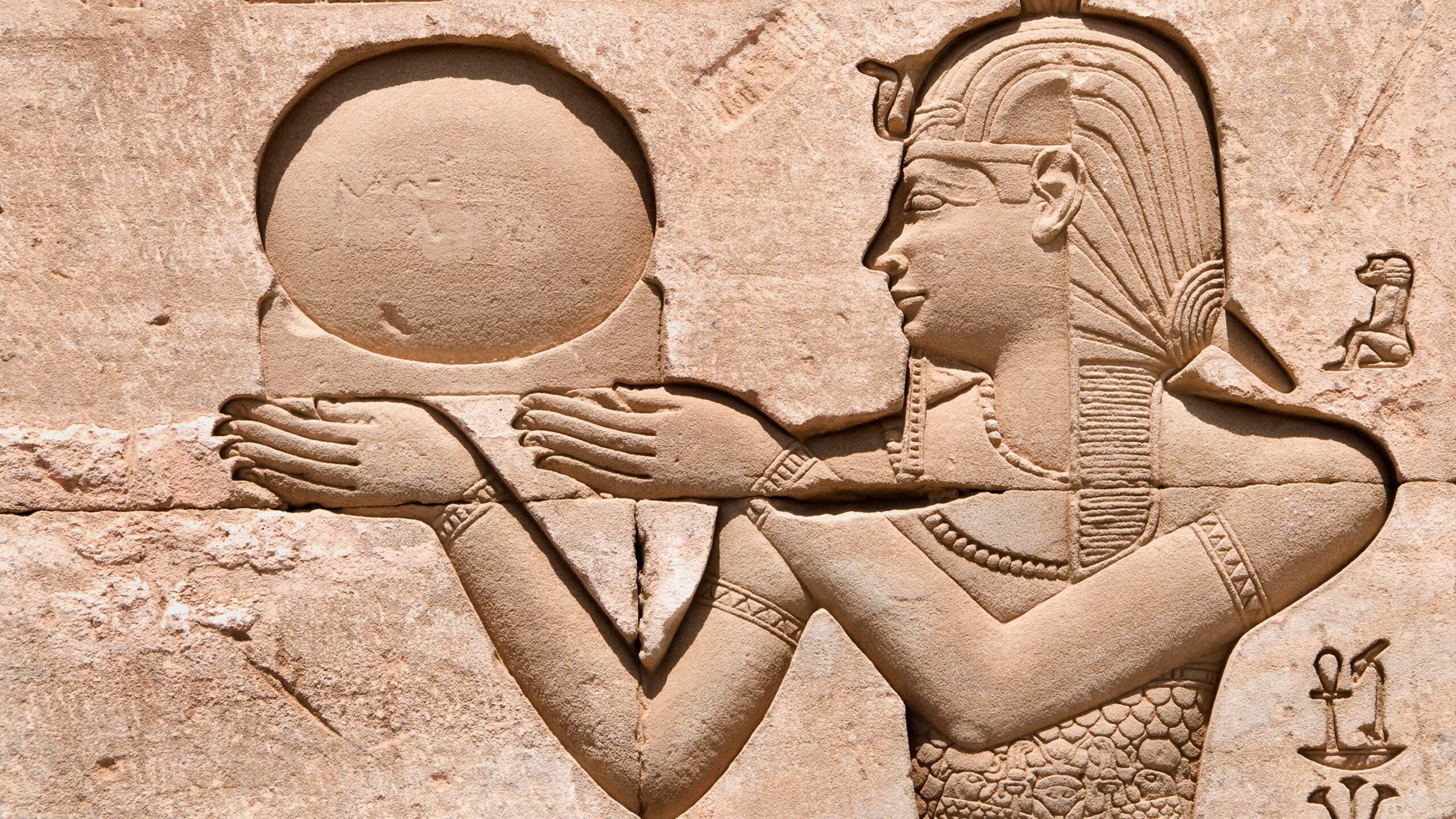
Her language skills made Cleopatra a truly remarkable and popular ruler. Fluent in multiple languages, including her native Egyptian as well as Greek and Latin, she was able to communicate with diplomats, scholars, and ordinary people from various backgrounds.
Cleopatra’s linguistic prowess allowed her to engage with different cultures on a deeper level. This skill not only facilitated diplomatic relations but also earned her respect and admiration among foreign dignitaries who were impressed by her ability to converse effortlessly in their native tongues.
Moreover, Cleopatra’s linguistic abilities played a crucial role in establishing alliances and securing political support. By conversing fluently with leaders of other nations, she demonstrated both intelligence and cultural sensitivity.
Her command over multiple languages also helped in promoting Egypt’s rich culture and heritage. Through eloquent speeches delivered in different languages during public gatherings or diplomatic meetings, Cleopatra showcased the diversity of Egyptian civilization while reinforcing the grandeur of her reign.
In addition to fostering diplomacy and cultural exchange, Cleopatra’s multilingualism enabled her to maintain strong relationships with influential figures such as Julius Caesar and Mark Antony. Conversing fluently with these powerful men on their terms not only solidified their trust but also positioned herself as an equal intellectual counterpart.
Cleopatra’s language skills undoubtedly set her apart from other rulers of the time. Her ability to speak fluently in multiple languages elevated her status as an exceptional leader who could bridge gaps between nations through dialogue rather than force alone.
15. It is said that her daily bath required 700 lactating donkeys.
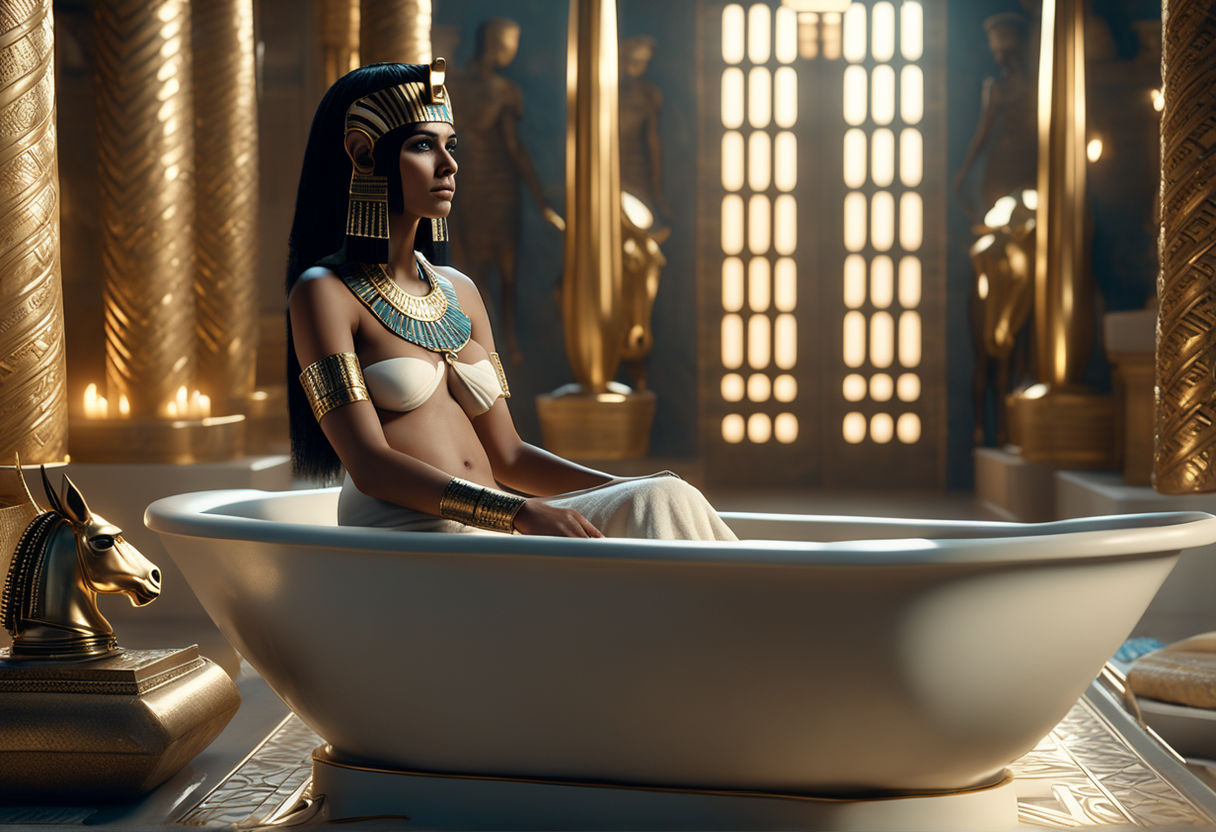
In a time filled with royal extravagance and opulence, Cleopatra reigned as the epitome of grandeur. From her clever political tactics to her captivating allure, she was unlike any other ruler in history. As we uncover the mysteries surrounding her reign, one fact stands out among the rest: it is said that her daily bath required 700 lactating donkeys.
Yes, you read that right! Cleopatra’s bathing ritual was nothing short of extraordinary. It is believed that she indulged in baths filled with milk from these specially chosen donkeys. While this may seem excessive by today’s standards, it symbolized more than just luxury for Cleopatra.
The use of milk in Cleopatra’s beauty regimen showcased both her wealth and power. Milk has long been associated with rejuvenation and youthfulness, making it an ideal choice for a queen who sought to maintain her legendary charm. The sheer number of donkeys involved only added to the spectacle surrounding Cleopatra’s daily routine.
But behind this extravagant display lay a deeper meaning – one that emphasized Cleopatra’s connection to Egypt itself. In ancient Egyptian mythology, goddesses were often depicted as nursing mothers or nourishing figures. By immersing herself in such a lavish bath ritual involving hundreds of lactating donkeys, Cleopatra aimed to embody these divine traits and align herself closely with the deities revered by Egyptians.
This remarkable detail about Queen Cleopatra serves as a testament not only to her unparalleled extravagance but also to her understanding of symbolism and how it could be used strategically for political purposes.
As we bring our journey through the enigmatic life of Queen Cleopatra to an end, we can’t help but marvel at how truly unique she was as a ruler. Her intelligence, cunning tactics, language skills, naval battles – all distinguished her from any other leader before or after.





